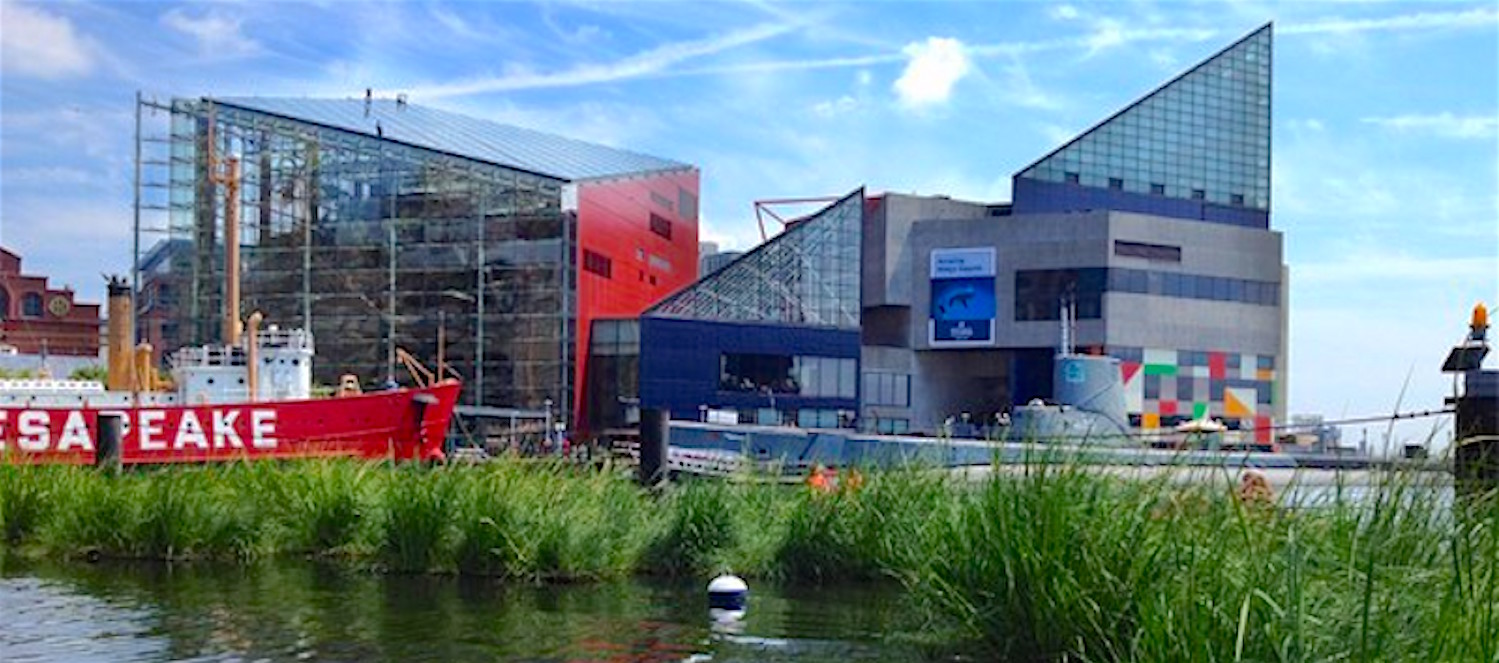Beginning in January 2017, we’re featuring monthly conversations with an EcoDistricts Member to discuss their reflections on district-scale sustainability and how EcoDistricts is helping them advance their urban regeneration work. To kick off the series, we talked with long-time partner and ecological planning, restoration and design leader Biohabitats.
How many employees work at Biohabitats?
Biohabitats employs 62 people in 10 bioregions — areas that share common physical and ecological attributes — across the US, Canada and Mexico.
Why did you become an EcoDistricts Organizational Member?
We became involved with the work of the Portland Sustainability Institute (PoSI) even before it fully morphed into EcoDistricts. From our earliest conversations, Biohabitats applauded EcoDistricts’ powerful observation that a neighborhood or district approach offers the most effective scale at which we can address overall city sustainability goals. We find this to be especially true when thinking about water, waste and energy systems.
For example, one of our recent neighborhood-scale projects, Hassalo on 8th, is a four-block, sustainable urban development in Portland, Oregon. We designed a decentralized wastewater treatment and reuse system to divert 100% of the wastewater generated in the three new buildings. Such projects are often more efficient a scale beyond that of the individual building.
How are EcoDistricts’ resources and connections influencing your work?
We, like other EcoDistricts members, are pioneering techniques in ecological restoration, ecological engineering and green infrastructure services. Sharing experiences and lessons learned with fellow practitioners is a core component of our work. While Biohabitats values experimental design and formal approaches to evaluating projects, we are more likely to share our experiences in private communications and informal forums such as the EcoDistricts Information Exchange. We also have been fortunate to work directly with EcoDistricts to compile the wisdom of practitioners and researchers into the EcoDistricts Living Infrastructure Guide.
What makes Biohabitats most excited about EcoDistricts’ work?
Biohabitats focuses on ecological processes that operate beyond the building scale, so we are constantly asking stakeholders and clients to look at the larger context. District-scale planning is critical to both integrated water strategies and ecological restoration. The EcoDistricts Protocol was a landmark framework in education and communication about district-scale urban regeneration practices. The Protocol provides a comprehensive look at what is possible and helps people broaden their understanding of good planning. In our experience, individuals and groups who are specialized in a particular industry find the Protocol to be a solid introduction to integrating disciplines to meet EcoDistricts’ robust definition of sustainability.
We’re also glad that EcoDistricts helps make sustainable planning hard to fake. The urban planning zeitgeist is rife with claims of innovation and sustainability, and the quality and reliability of such claims is becoming harder to affirm. Biohabitats is a firm that tends to go the extra mile on environmental issues, and we really like good work to be recognized! We value the rigorous thinking that goes into defining the EcoDistricts Protocol and the EcoDistricts Certified process as a model of robust verification and performance monitoring.
How are you planning on utilizing the EcoDistricts Member benefits in the coming year?
As EcoDistricts members, we look forward to having one of our staff members become an EcoDistricts Accredited Professional in 2017, participating as faculty in the 2017 EcoDistricts Incubator, attending the 2017 EcoDistricts Summit in Atlanta and finding opportunities to interact in person and online with like-minded practitioners.
What emerging district-scale priorities do you see as most important for 2017 and beyond?
From our perspective, EcoDistricts is part of a hugely important trend in sustainable design — the increasing popularity of regional- and network-scale planning. Often, the underlying ecology of a place is only considered in the later stages of planning. The best approach to urban ecological planning and restoration starts with a geographic scope that incorporates regional natural systems, such as watersheds.
We’ve been thrilled to see a recent uptick in comprehensive planning for local habitats, parks, green infrastructure and stormwater, alternative transportation and more. Biohabitats is working on city-wide green infrastructure planning in Baltimore, Atlanta and elsewhere, and the market continues to expand. ESRI just emerged with a useful baseline tool that should allow smaller municipalities to make a quick evaluation of their landscapes without a daunting investment of resources. This regional- and network-level planning is one of the most exciting developments of recent years in our field.
Why is equity, sustainability and resilience important to Biohabitats?
It’s all we think about — every project, every day.
Learn more about becoming an EcoDistricts Organizational or Individual Member.

